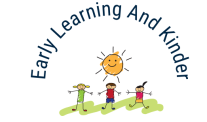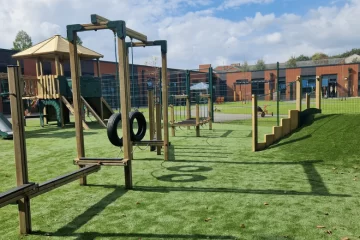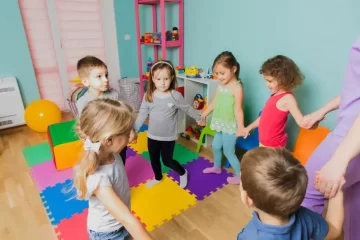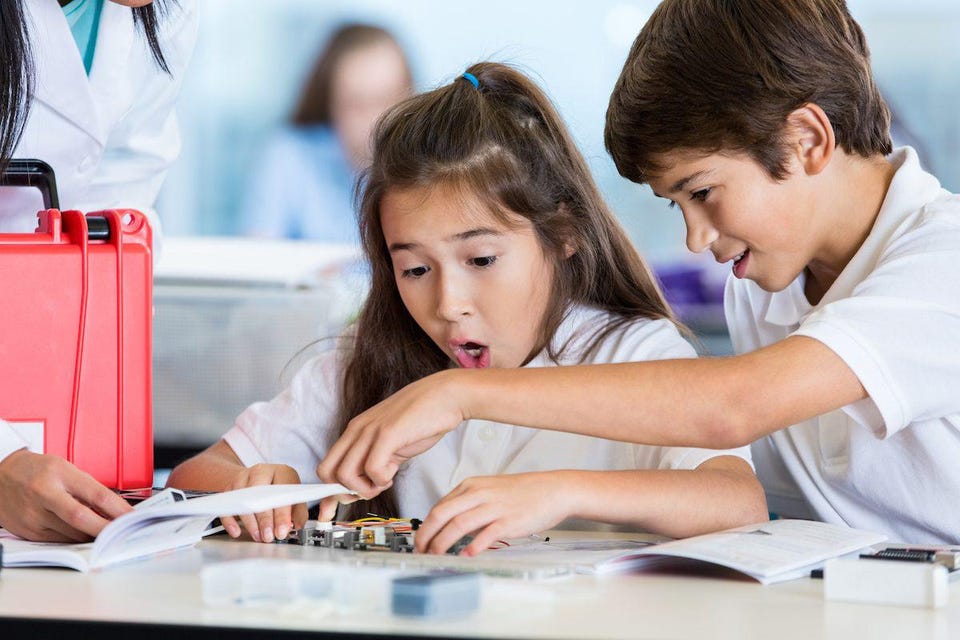Planning for Outdoor Play Every Day
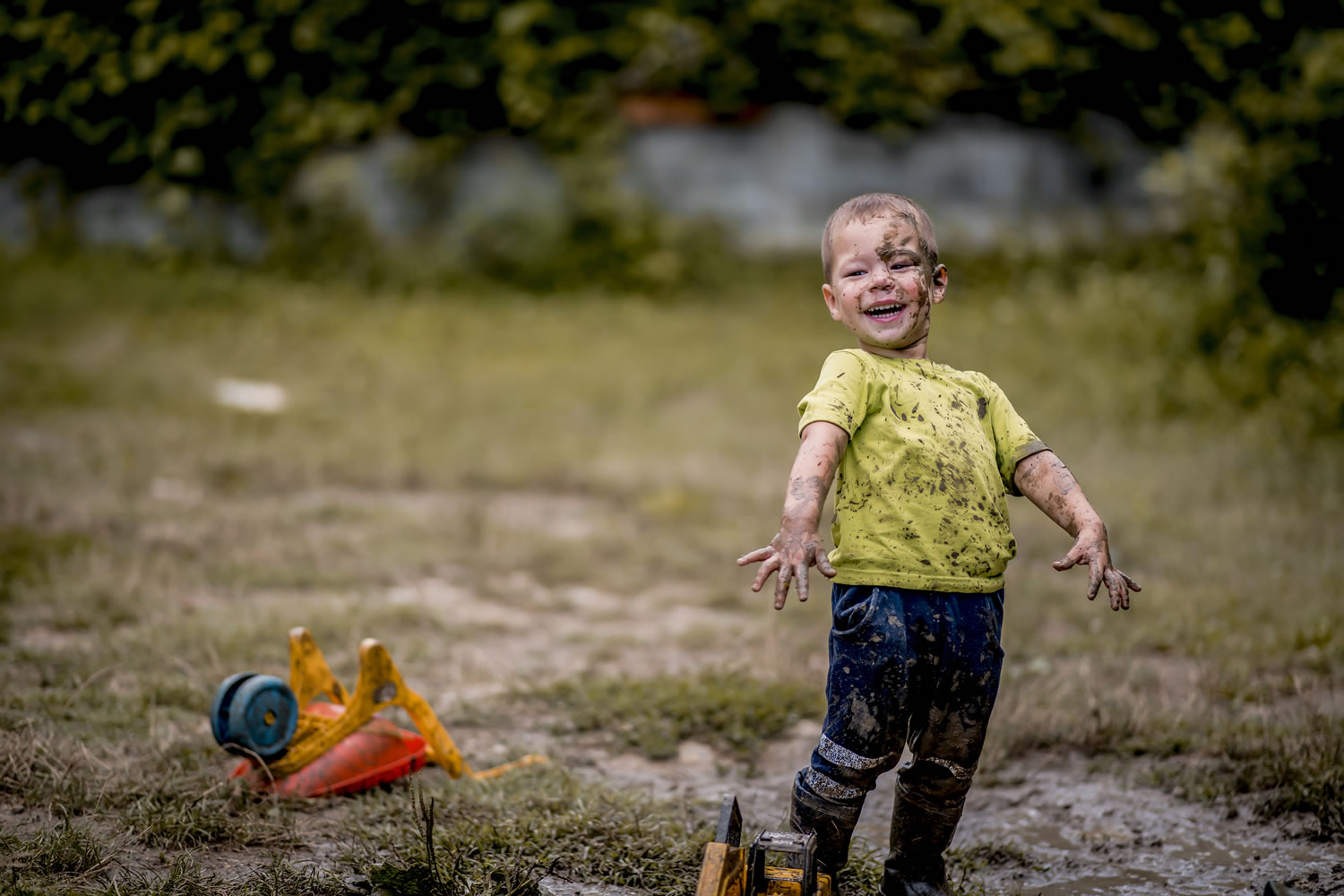
There is no winter break from outdoor play, despite the drop in temperature. Children can learn and connect with nature, increase their physical activity, and the change in season offers unique opportunities for exploration and play-based learning.
Research has shown that outdoor play is beneficial for children of all ages, regardless of structured or free. It also promotes non-cognitive skills and attitudes that are vital for healthy development.
Winter weather can limit outdoor play because of safety concerns, but it shouldn’t stop it. Here are some benefits to outdoor play in winter.
- Fresh air, vitamin D, and protection from indoor germs
- Encourages physical activity
- Expanding learning opportunities
- Social interaction boosts
- Assists emotional development
- Sparks imagination and creativity
Outdoor play is about enjoying all seasons. Planning for the colder months can be crucial. This means addressing the attitudes of educators and including supportive policies and practices. It also involves getting families involved with cold-weather outdoor play.
These are some ways to embrace the chill factor and overcome the challenges of winter outdoor play.
Develop policies for outdoor play
The policies, philosophies, and practices used in early childhood settings can significantly impact outdoor activities and the learning and play habits of children. For all seasons effectiveness, educators and children should use winter practices such as:
- Principles of practice such as structured or child-led activity
- These links will lead to the most important learning outcomes
- Supervisory implications
- Risk management
- You have access to a variety of experiences
- Cultural references for children
Get support from educators.
Organize a team meeting to ensure educators are comfortable using the outdoors in winter as an integral learning environment. This will help you identify the support needed and get everyone motivated.
The beliefs and engagement of educators can influence the quality of outdoor play. Encourage outdoor play, and the positive attitude will be passed on to children.
Swansea University published 2018 research that showed increased job satisfaction among primary school teachers who had outdoor learning included in their curriculum. These benefits may also apply to early years education, as outdoor learning can boost wellbeing and reduce stress levels.
Family support
Families should be informed about the outdoor play program at their centre and its importance throughout the year. Get out there and communicate with families about why outdoor learning continues in winter and what you will do to keep them safe and comfortable.
Families should feel included and show that they are safe, happy, and comfortable with their children. This can be done by inviting them to an information session, outdoor adventure or sending photos to their families showing their children playing. Communicate and without jargon about the learning opportunities, your children are taking part in to reinforce the developmental benefits of the program.
Planning is the key to outdoor learning in winter.
It’s not enough to have winter outdoor learning happen naturally. Famly recently published a piece on the Scandinavian approach for winter outdoor learning. Jo Skone, an experienced UK forest school leader and early years educator, is quoted in this article:
Outdoor learning is not difficult when it’s done right. Jo says that great learning occurs when someone plans it and prepares it. They can also be flexible and adaptable with children. You can’t let it all fall to chance. I wouldn’t show up at the door and wait to see what happens. For whatever the weather throws at you, you’ve got to have some tricks of your own.
Make the weather and changes in seasons teachable moments. You can plan activities and learning outcomes that apply to winter conditions such as rain, after rain or windy. Learn from your mistakes and ask for help if you need it.
We intend to make the most of nature’s material and encourage children to learn by asking questions, provoking ideas, and encouraging them to think, dream, and make their own decisions.
Keep it warm, have fun, and be positive.
According to the Scandinavians, there is no bad weather or the wrong clothes.
Dress according to the weather. As well as young children, educators must be comfortable and warm outside. Layering is a good idea so clothes can be changed as needed. After outdoor activity, families are encouraged to bring in a pair of gumboots, a beanie, and a raincoat for their children.
Children’s health is important and physical activity is a key part of their development. You can plan and list activities you will do in every situation. This could be a pre-planned scavenger hunt or a game that you use to get around. You can also dance or sing, which is sure to bring you joy and laughter.
